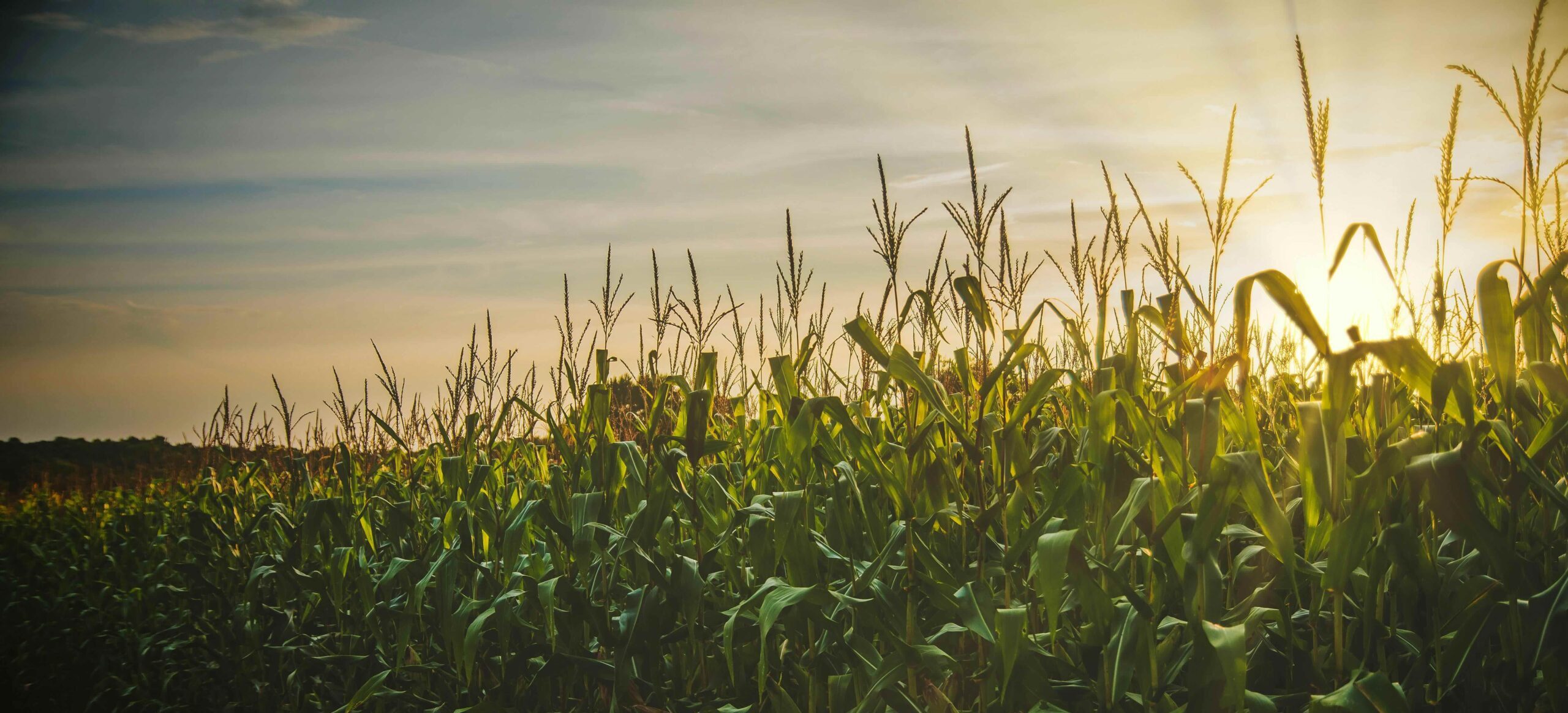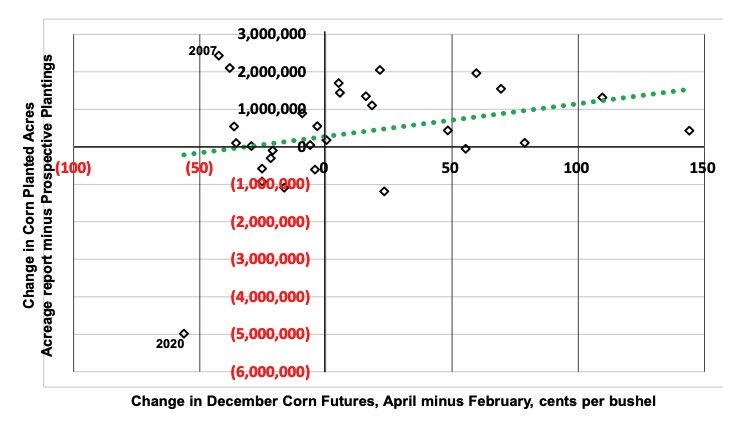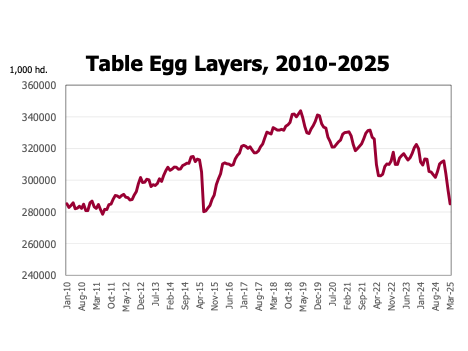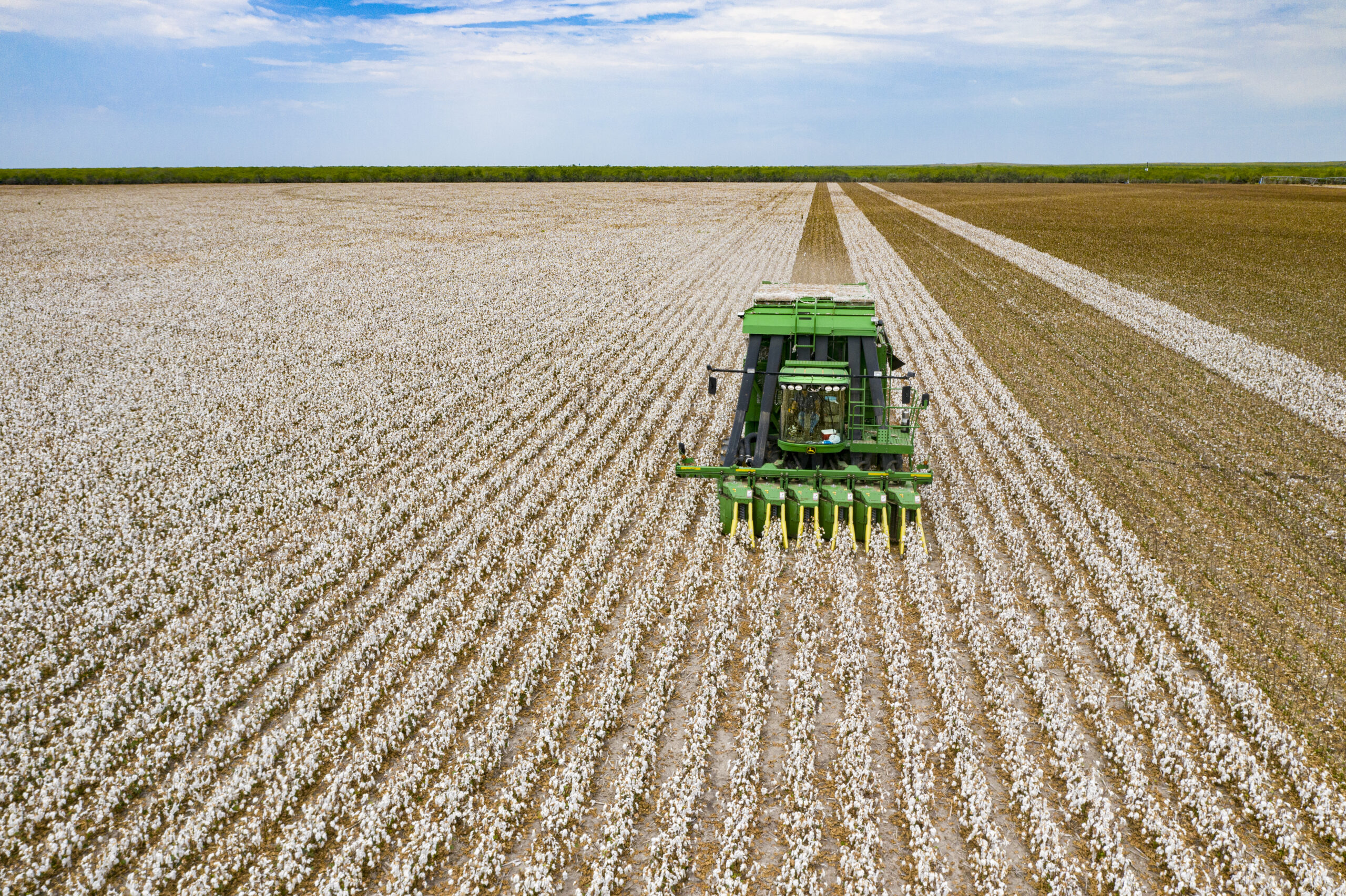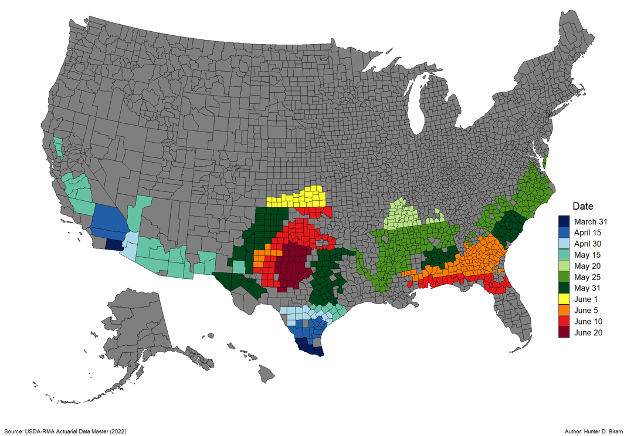As we continue to see rural landowners offered renewable energy leases, it’s important to remember the phases these agreements often include and what may happen during each phase. If you are presented with a lease agreement for a renewable energy project and are considering it, talk with an attorney with experience in the area before signing. In many cases, you can go to your state bar association’s website and look for members in your area and talk with them to better understand their experience with these agreements. At the same time, you can reach out to groups like the American Agricultural Law Association to see if any of their members may have experience in your area. Working with an attorney early on can help ensure you get a fair deal that protects your interests.
Wind and solar energy agreements usually have three stages: an easement period, an option period, and a lease period. In the first stage, the easement period, the landowner allows the developer to study the land to see if it’s good for a wind or solar project. The developer may survey the land, place sensors to measure wind and sunlight and study the impact on the environment and wildlife. They will also check if the land is suitable for construction. This stage can last anywhere from one to three years. During this time, the landowner can still use the land if they don’t interfere with the developer’s equipment on the property during the surveying. At the same time, the landowner will continue to receive rental payments.
During the second phase, called the option to lease, the developer works on getting permits and funding for the project. For example, in Maryland, they need approval from the Public Service Commission and other permits to start construction. Other states may need different permits from local governments and approval to connect to the power grid. This phase usually lasts two to five years. The developer is not required to proceed with the project during this time. The landowner can still use the land as usual and will also receive rental payments for the land during this phase.
The third and final phase is the lease. In this phase, solar panels or wind turbines are installed, and the landowner starts receiving lease payments. This phase includes building, operating, possible renewal, and eventually removing the equipment. All told this phase of the agreement may run for 30 or more years with renewals included. The landowner will have limits on how they can use the land to avoid interfering with the project.
This agreement could end early in the first phase if the surveys show the property is unsuitable for renewable energy development. It could also end in the second phase if the permitting is not approved. As mentioned earlier, it’s important to always talk with an attorney and have the agreement reviewed before signing it.
Goeringer, Paul. “Understanding Renewable Energy Agreements: Easement, Option, and Lease Phases Explained.” Southern Ag Today 5(13.5). March 28, 2025. Permalink


